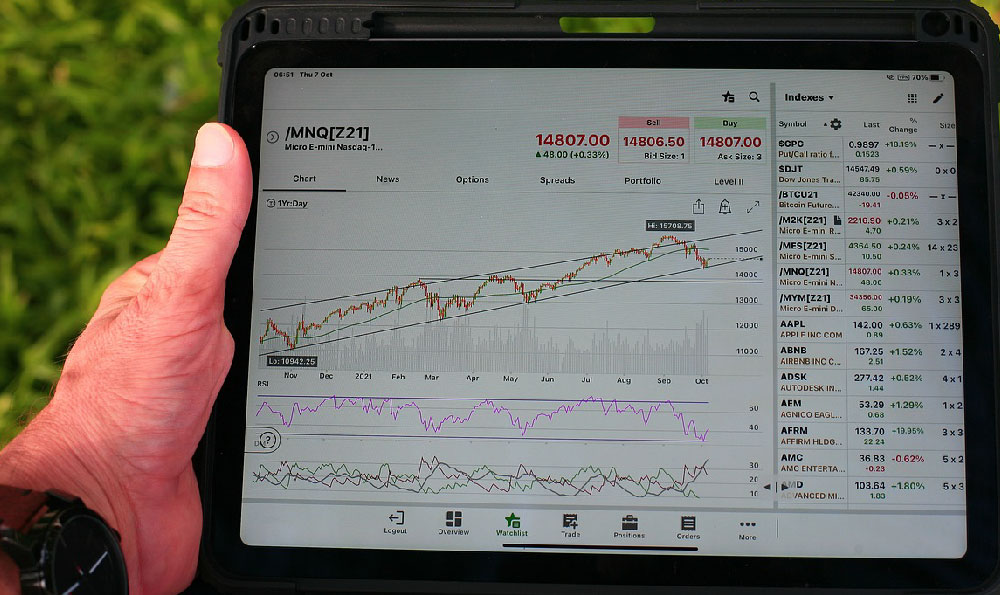Palantir Technologies, a name synonymous with big data analytics and government contracts, often sparks intense debate among investors. Its cutting-edge technology, secretive clientele, and volatile stock price make it both alluring and daunting. Before considering an investment in Palantir, a thorough self-assessment and a deep understanding of the company are crucial.
The first step is honestly evaluating your own risk tolerance. Palantir is not a low-risk investment. Its stock price has experienced significant fluctuations, driven by factors such as earnings reports, contract wins and losses, and overall market sentiment regarding growth stocks. If you are easily rattled by market volatility or need immediate returns, Palantir might not be suitable for your portfolio. Are you comfortable with the possibility of short-term losses in exchange for the potential of long-term gains? Can you stomach the uncertainty that comes with investing in a company that operates in a relatively opaque sector? These are critical questions to answer before committing any capital.
Next, delve into the specifics of Palantir's business model. The company operates in two primary segments: Government and Commercial. The Government segment caters to defense, intelligence, and other government agencies, providing them with data analytics platforms to identify patterns, predict outcomes, and make informed decisions. This segment is characterized by large, multi-year contracts, but also by lengthy sales cycles and intense competition. The Commercial segment focuses on helping businesses across various industries, such as finance, healthcare, and manufacturing, to optimize their operations, manage risks, and improve their bottom line. The challenges in the Commercial segment include persuading businesses to adopt Palantir's complex software and competing with established players in the analytics market.

Understanding Palantir's technology is also paramount. At its core, Palantir provides two main platforms: Gotham and Foundry. Gotham is primarily used by government agencies for intelligence analysis and operations, while Foundry is designed for commercial enterprises to integrate, analyze, and act upon vast amounts of data. These platforms are not off-the-shelf solutions; they require significant customization and integration to meet the specific needs of each client. Palantir's competitive advantage lies in its ability to handle complex, unstructured data from disparate sources and to provide actionable insights through intuitive interfaces.
Beyond the business model and technology, consider Palantir's financials. While the company has demonstrated impressive revenue growth in recent years, profitability remains a key concern for some investors. Palantir has invested heavily in research and development, sales and marketing, and stock-based compensation, which has weighed on its bottom line. Examine the company's financial statements, paying close attention to revenue growth, gross margins, operating expenses, and net income. Analyze its cash flow statement to assess its ability to generate cash and fund future growth. Compare Palantir's financial metrics to those of its competitors to gain a better understanding of its relative performance.
If, after careful consideration of your risk tolerance, Palantir's business model, technology, and financials, you decide that it aligns with your investment objectives, the next step is to determine how to invest. The most straightforward way to invest in Palantir is to purchase its stock (PLTR) through a brokerage account. You will need to open an account with a reputable broker, deposit funds, and then place an order to buy shares of Palantir. Consider using a limit order to specify the maximum price you are willing to pay for the stock, especially given its volatility.
Another option is to invest in Palantir through an exchange-traded fund (ETF) that holds the stock. Many ETFs track specific sectors or investment strategies, and some may include Palantir as part of their holdings. This approach provides instant diversification and reduces the risk associated with investing in a single company. However, it also means that your returns will be diluted by the performance of the other stocks in the ETF. Research different ETFs to find one that aligns with your investment goals and includes Palantir as a significant holding.
Regardless of the method you choose, it is essential to manage your risk appropriately. Do not allocate a disproportionate amount of your portfolio to Palantir, especially if you are a risk-averse investor. Consider using a dollar-cost averaging strategy, which involves investing a fixed amount of money at regular intervals, regardless of the stock price. This can help to smooth out volatility and reduce the risk of buying high and selling low.
Finally, stay informed about Palantir and the broader market. Monitor the company's earnings releases, news announcements, and industry trends. Read analyst reports and attend investor presentations to gain deeper insights into Palantir's strategy and outlook. Be prepared to adjust your investment strategy as needed, based on new information and changing market conditions. Investing in Palantir requires a long-term perspective and a willingness to navigate uncertainty. It is not a get-rich-quick scheme, but rather a potential opportunity to participate in the growth of a company that is shaping the future of data analytics. Remember to consult with a qualified financial advisor before making any investment decisions.












